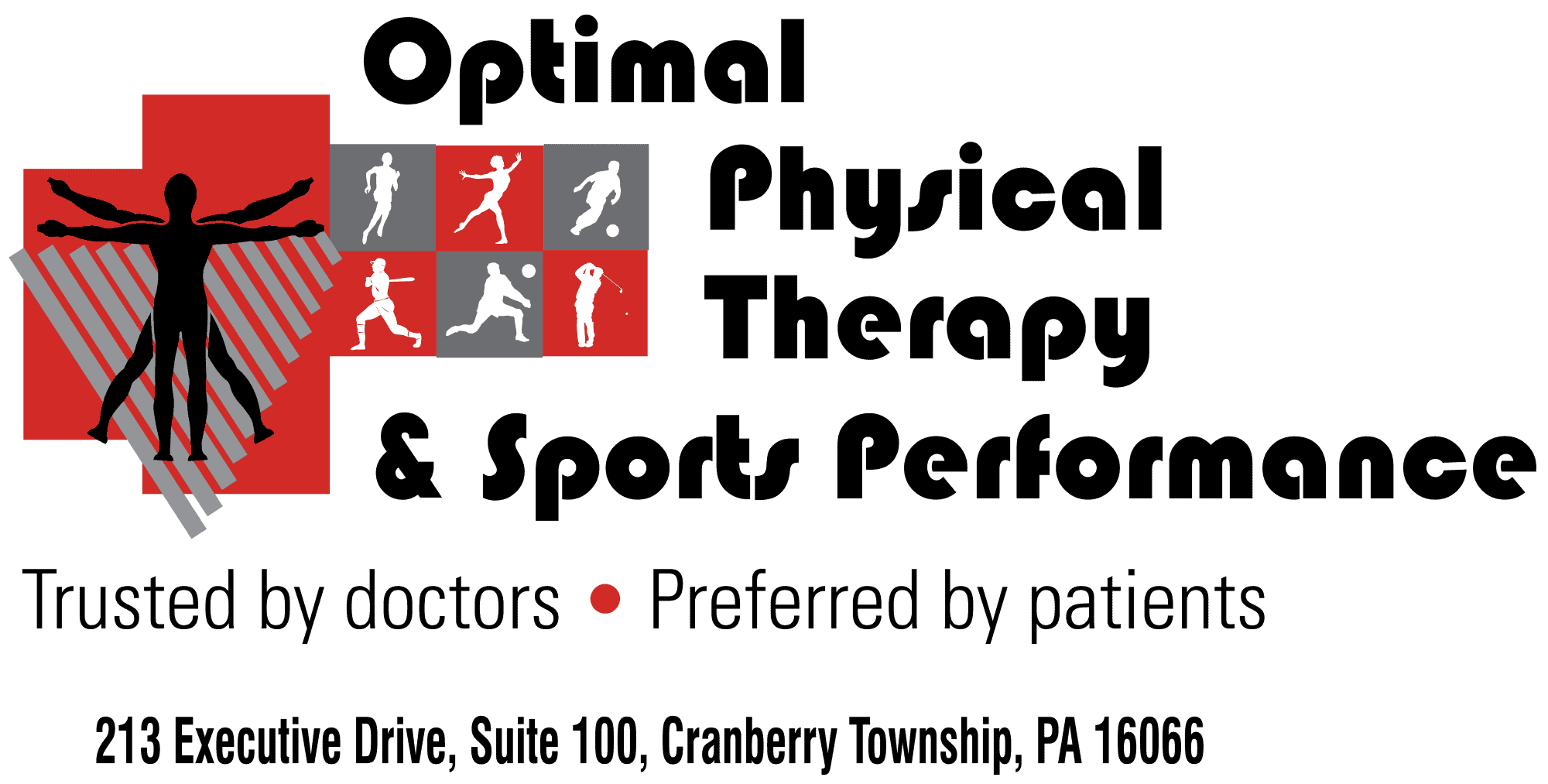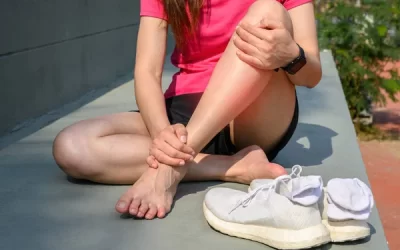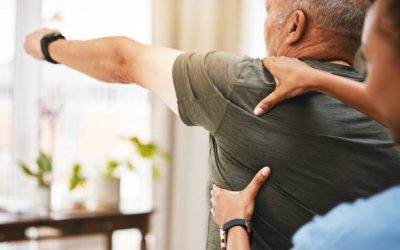Have you ever received advice on a topic, pondered the concept briefly and filed it in your memory in the “it is nice to know but I am not going to implement it now” file? Time ticks away and at a later date some thought or action triggers this advice to be recalled and you finally realize that the idea was much better than you had originally given it credit.
This memory “storage file” is frequently overloaded with the vast amount of tips one can get from reading golf publications and watching golf videos or television programs. It is impossible to try them all so we tend to pass on most of the advice. One excellent concept that warrants another look and a serious trial is a straighter spine golf stance address posture.
This address posture has the golfer stand up straight and keep their head and neck in neutral while bending forward from the hips, not the waist. While holding the golf club in your hands with your arms hanging straight down, flex your knees and hips until the club rests on the ground. Many golfers’ incorrect 1st address posture move once their feet are positioned, is to bend their head/neck downward to see the ball and this biases a rounded upper back posture.
The principles that apply to spine (neck through low back) biomechanics tell us that a straighter spine posture allows for the greatest amount of motion in each of the spinal joints and thus collectively, will enhance a golfer’s ability to turn or rotate. This principle will be better felt and understood with the following demonstration.
Sit on the front edge of a chair with your arms crossed in front of your chest so your hands are on the front of the opposite shoulder for all three trials. 1) Bend your neck down so your chin is resting on your chest and then slouch so your middle and lower back are fully flexed. Without allowing your shoulders to rise up, turn your shoulders as far as possible to the right and then the left and note the amount of available motion. 2) Next, sit up straight but keep your chin on your chest and repeat the movement. Were you able to turn farther? 3) Finally, sit up straight and position your head and neck so your eyes and chin are pointed in front of you. Repeat your shoulder turns in each direction. You should notice that with each successive position your shoulders were able to rotate farther. It is a spinal joints biomechanical fact that the more flexed your middle back, rounded your shoulders and forward your head are the less you can turn your trunk.
A golfer with a less straight spine posture is going to have to compensate somewhere else in their body to make up for the movement restriction in their spine in order to make a full backswing turn. Keep in mind that the more movement compensations that occur in your golf swing, the harder it will be to play consistently and avoid an injury.
Please contact Optimal Physical Therapy and Sports Performance in Cranberry Twp., PA at 724-779-1300 if you have any questions or would like a free telephone consultation on our proven golf enhancement program. We specialize in detecting and correcting the physical limitations that are causing your golf swing compensations.
Patrick Sheehy, MS, PT is the President of Optimal Physical Therapy and Sports Performance. He has over 30 years of experience in Sports Medicine and has a Masters of Science Degree in Orthopedic Physical Therapy. He has worked with 13 local golf professionals and has helped moderate to serious level golfers improve their games, lower their handicaps and play safer and more consistent golf.



